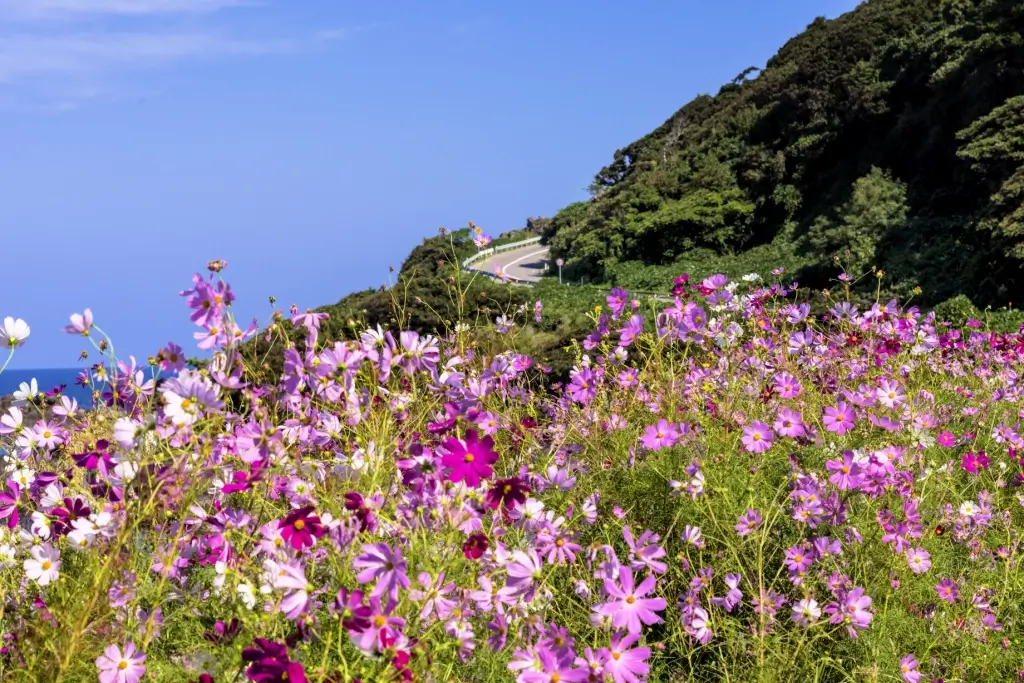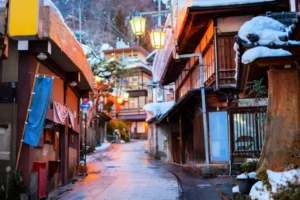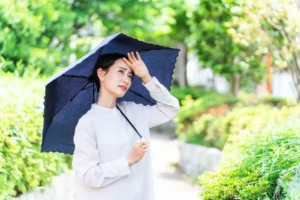Noto Peninsula (能登半島) is a hidden gem along the Sea of Japan. It was part of the now-dissolved Noto Province and the location of Nanao Castle. This was the home of the Hatakeyama clan. In ancient times, the region’s isolation and jagged coastline made it an important stronghold for this family as it resisted the control of rival clans.
This same rugged beauty and seclusion are the region’s main attractions today. Noto offers an authentic Japanese experience for those exploring Japan’s lesser-known natural sites and culture. Let’s explore this remarkable peninsula and see why it is so favored by travelers seeking authentic Japanese culture.
Table of Contents
ToggleWhere is the Noto Peninsula?
The Noto Peninsula is located in Ishikawa Prefecture on the country’s northern coast. It extends about 100 kilometers into the Sea of Japan. Noto has three regions: The Kuchi-Noto region connects its southern part to the Japanese mainland, and some people call it the “Entrance of Noto.” The middle part is Naka-Noto; you will find places like Nanao City and Wakura. The northern area is Tatsuruhama or “Deep Noto”.
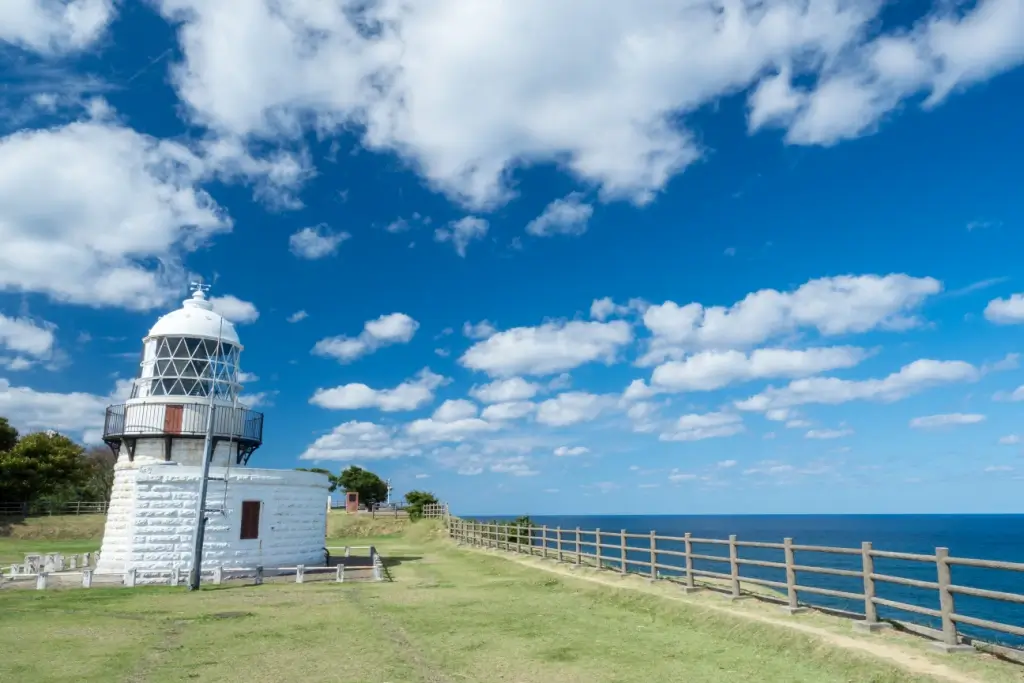
The peninsula is easily accessible by limited express trains. The JR Nanao Line arrives from Kanazawa and at Wakura Onsen Station via Unoke, Hakui, and Nanao. Travelers can also reach the peninsula by flights from Haneda Airport to Noto Satoyama Airport in about an hour.
What are some notable locations there?
Noto protrudes into the Sea of Japan, which exposes its northern coast to strong winds and waves. Unique coastal rock formations are commonplace. Mitsukejima 見附島, a large rock island in Suzu that rises 28 meters from the sea, is a well-known spot to view sunrises. The region also has mildly pleasant summers, which make it well-suited to agriculture.
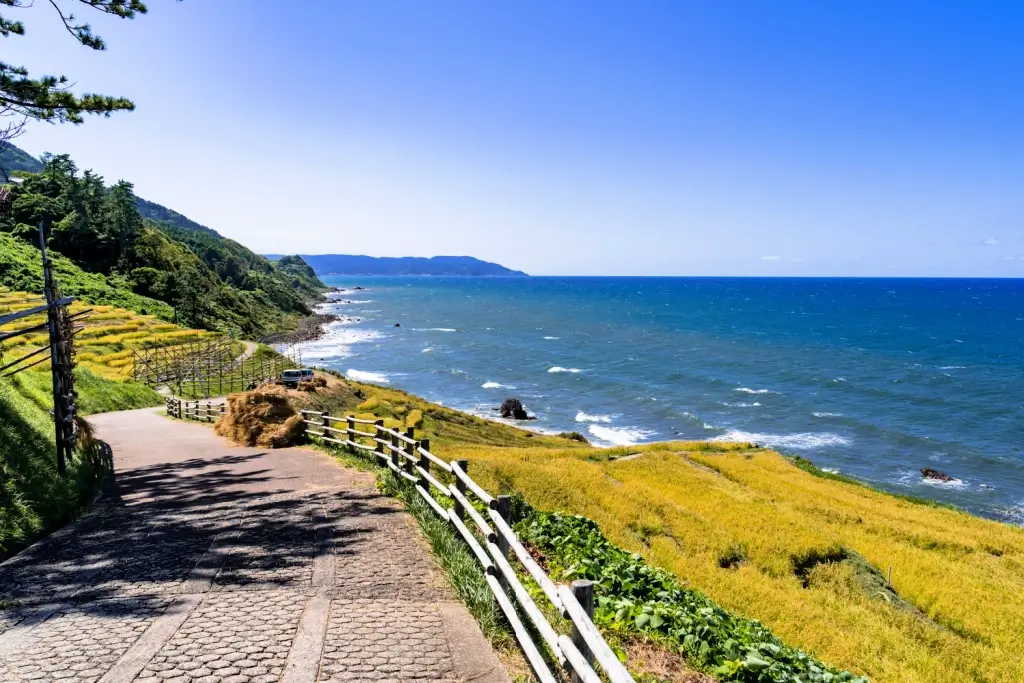
The peninsula’s removed location has helped preserve its age-old agricultural practices and rural landscape throughout the centuries. Rice is still cultivated in the area, and local varieties are enjoyed at many local restaurants. Its ocean-view rice paddies add to its dramatic scenery. The Shiroyone Senmaida rice terraces are the most popular of these. The name means “ 1,004 rice fields”, and most farming is done by hand.
If you want to try local food, the Wajima Morning Market is one of Japan’s most famous morning markets. Every morning from 8:00 am to 12:00 pm, over 200 stores, housewives, and fishermen shop on Asaichi-dori Street near the ocean. This market has over 1,000 years of history. If you love local cuisine, this is an opportunity not to be missed.
Wakura Onsen
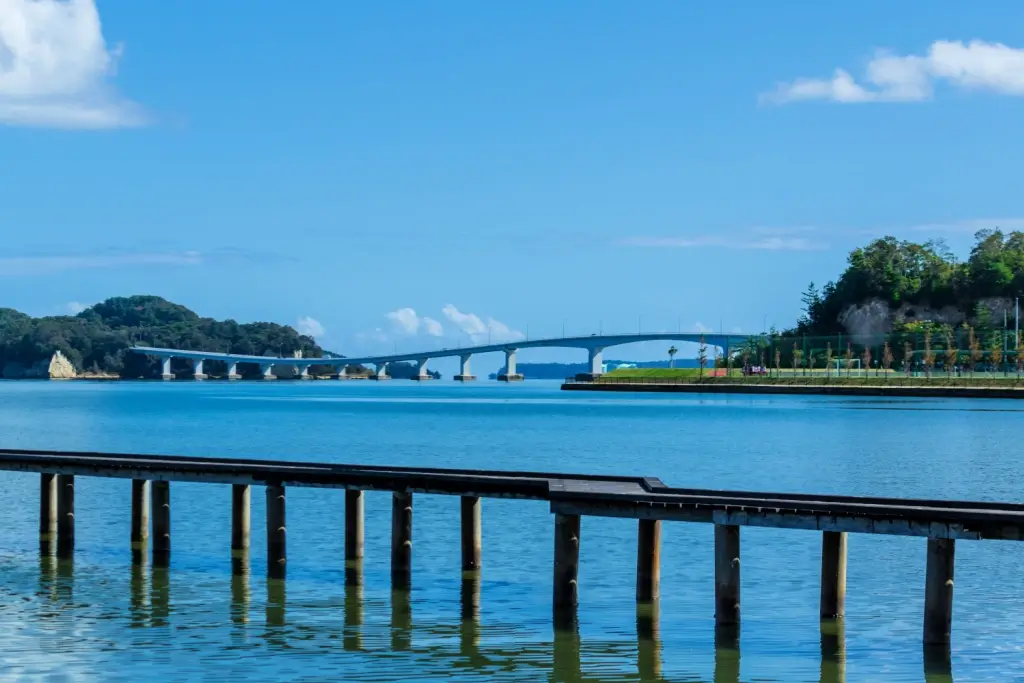
Wakura Onsen is located at the base of the Noto Peninsula in Nanao City. These historic seaside hot springs were discovered over 1,200 years ago. At the time, fishermen noticed a crane tending to its injured wing in its warm water. Since then, the waters of Wakura Onsen have been believed to have healing properties. Visitors can relax in public bathhouses or enjoy free foot baths with views of Nanao Bay. Non-hotel guests can use the ryokan facilities for a small fee.
Keta Taisha Shrine
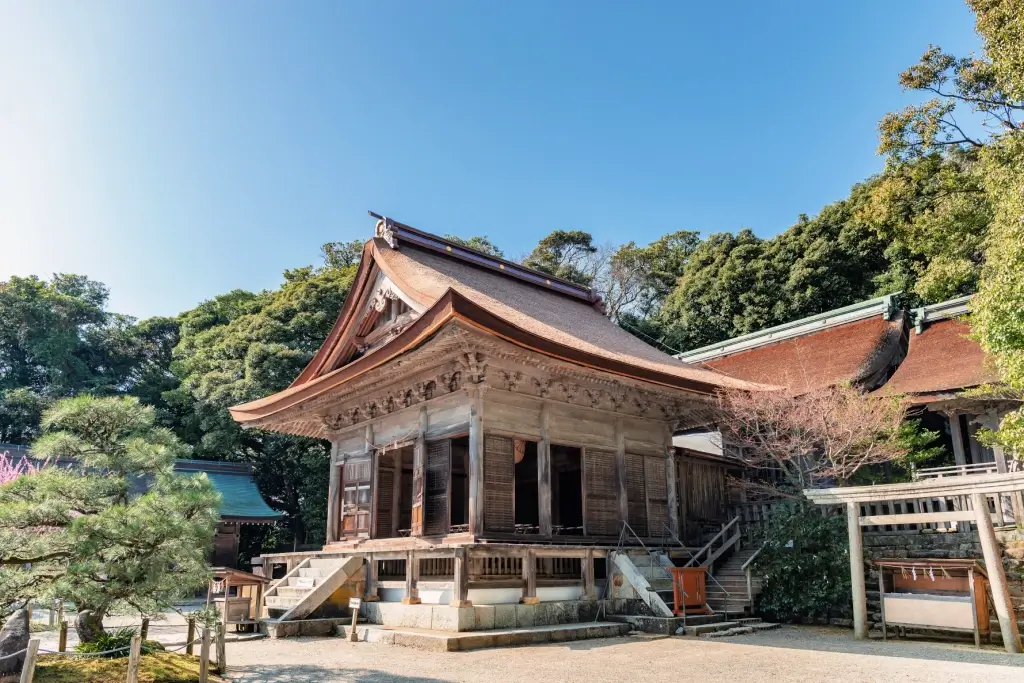
Keta Taisha Shrine, located in Hakui, is one of the most prominent Shinto shrines in the region. The shrine connects to the deity of love, Onamuchi, making it a popular destination for those seeking romance. Sacred woods known as Irazu no Mori surround the shrine, and the public cannot access them. Keta Taisha has stood for over 2,000 years. It is home to several ancient structures, including a gate from 1584 and a worship hall from 1654. The shrine holds two major festivals yearly, attracting visitors from across Japan.
Wajima Kiriko Art Museum
The Wajima Kiriko Art Museum in Marine Town, Wajima, recreates lively, local festival atmospheres through music, lantern displays, and footage. The unique kiriko lanterns used in these celebrations can be up to 15 meters tall. The entrance fee is 630 yen, but visitors can try taiko drumming or lantern-carrying with reservations. Sadly, the museum was heavily damaged in the January 2024 earthquake, and repairs are still ongoing.
Are you looking for snacks from Ishikawa? Check out Sakuraco! Sakuraco delivers traditional Japanese snacks, teas, and sweets from local Japanese makers directly to your door so you can enjoy the latest treats directly from Japan!

How was the area affected by the 2024 earthquake?
On January 1, 2024, a magnitude-7.6 earthquake and tsunami waves of up to 120 centimeters struck the Noto Peninsula. The event causes significant damage to local coastal communities and surrounding prefectures. The disaster claimed 281 lives and damaged over 80,000 homes. Towns like Wajima and Suzu experienced some of the most brutal impacts, forcing over 34,000 people to evacuate. By May, most areas had restored water service, but some remote regions remained inaccessible due to the risk of landslides. The earthquake left a profound mark on the region, but efforts are underway to restore the community and the tourism industry.
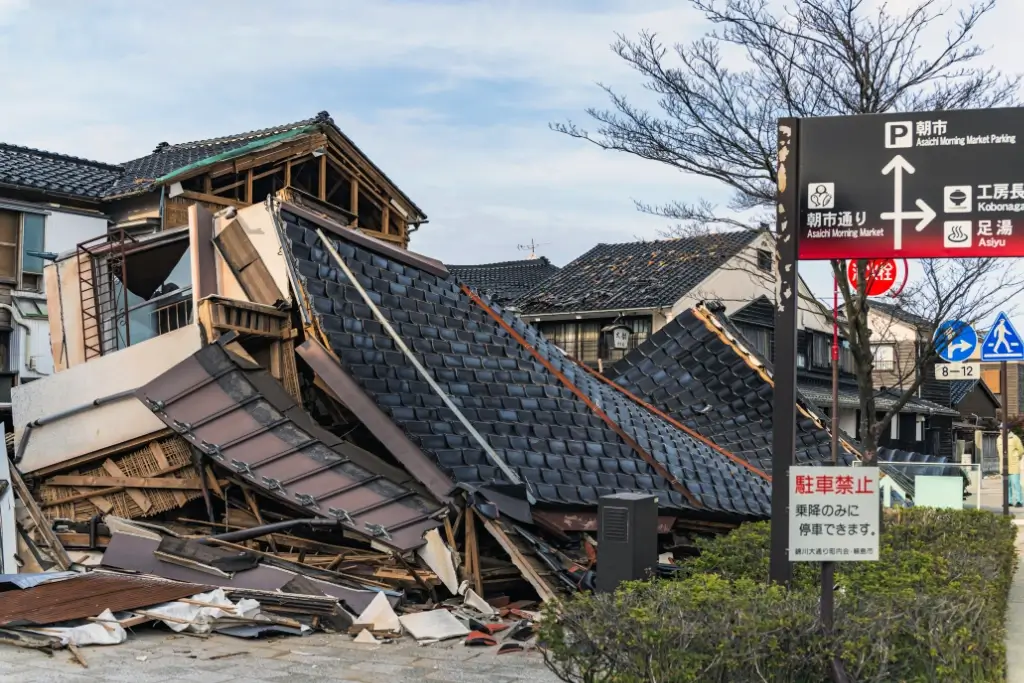
How is the Noto Peninsula recovering from the earthquake?
The recovery process in the Noto Peninsula has been slow but steady. Ishikawa Prefecture has been working to provide temporary housing for displaced residents. Officials plan to complete over 6,000 housing units, as nearly 17,000 people have moved into new accommodations. The rebuilding process has progressed more slowly than expected, but teams are trying to repair local landmarks.
Even the Wajima Kiriko Art Museum remains closed as of mid-2024. Despite these challenges, local businesses are starting to reopen, and officials encourage tourists to visit and support the local economy. At this time, renting a car is the best way to explore Noto and navigate the area as it rebuilds.
Why should I visit the Noto Peninsula when I get the chance?
Visit the Noto Peninsula to experience its remoteness and rural charm. Its centuries of relative isolation make it a peaceful destination. Biking around the quiet streets of Wakura Onsen can also help you experience the laid-back charm of this small town. The rejuvenating hot springs in the area also have a history.
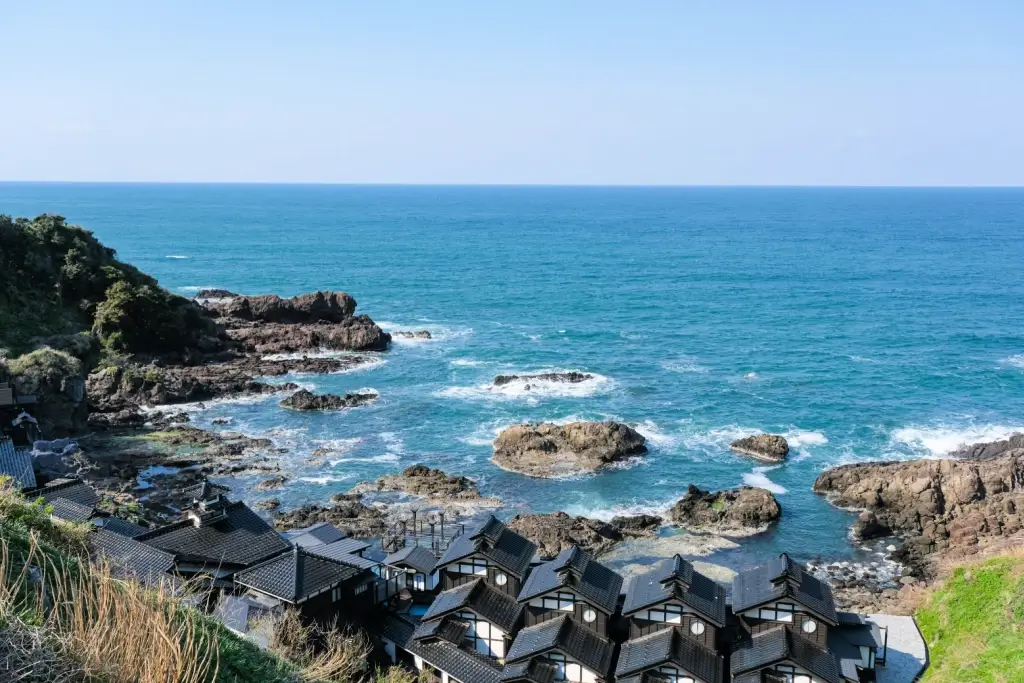
The peninsula’s rough coastline is also fantastic for breathtaking views. This, combined with Noto’s seaside and terraced rice paddies, makes scenic drives memorable and provides glimpses into Japan’s agricultural past. Even after the 2024 earthquake, the region’s resilience and charm shine through. Why not support a community working hard to rebuild? Comment below, or share your thoughts, experiences, and questions!


